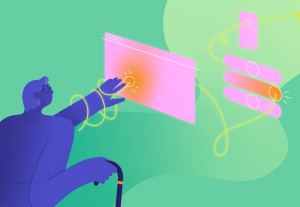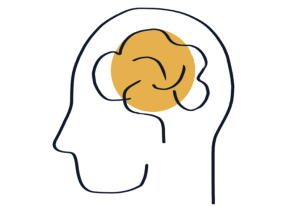- Artificial Intelligence, Augmented Reality, Automotive, Behavioral Science, Customer Experience, Defining AI, Design, Design Theory, Neuroscience, Psychology and Human Behavior, Technology, Usability, UX Education, UX Magazine, UX World Changing Ideas
One author’s thoughts on progress of behavioral sciences over the last 50 years and ways conversational AI and experience design revolutionize them.
Article by Daniel Lametti
Will Conversational AI and Experience Design Revolutionize the Behavioral Sciences?
- The article covers:
- Studies and surveys on behavioral sciences conducted over the last 50 years
- The role of conversational AI in the modern world and its perks
- Ways conversational AI and experience design might revolutionize behavioral sciences
Share:Will Conversational AI and Experience Design Revolutionize the Behavioral Sciences?
Share this link
- September 26, 2022
5 min read







